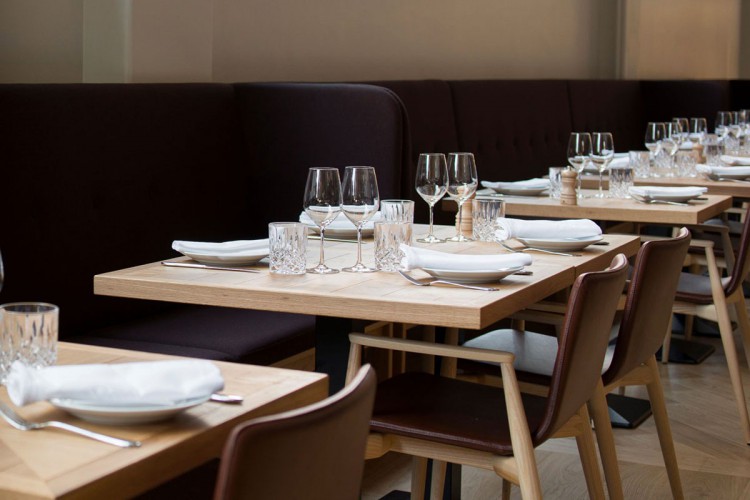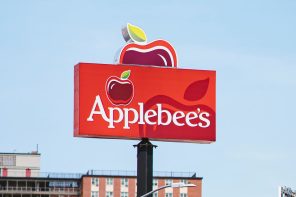Vegan and vegetarianism, increased use of technology and offering exceptional experiences to diners are some of the key trends expected to make an impact on the New Zealand food scene this year, according to recent research by the Restaurant Association.
The survey asked respondents to share what they thought would be the biggest hospitality business, and food and beverage trends for the year ahead. The move to plant-based food came through as the single biggest trend with one-third of respondents forecasting its growth.
“The global trend towards wellness coupled with a focus on environmental concerns and animal welfare is having an impact on consumer interest in more plant-based menu items,” said Restaurant Association CEO Marisa Bidois. “Many of our members have already adjusted their menus accordingly and offer either vegan or vegetarian food options, and have a focus on using local and sustainable produce.”
The use of technology to take customer orders and process payments is also expected to be more prevalent over the coming year as hospitality businesses battle with increasing wage costs and staff shortages. The interest in hospitality specific technologies in the short term could see restaurants able to offer more digitally forward payments methods as well as taking online orders and managing deliveries and bookings.
The role of technology in the hospitality industry is one that is gaining momentum internationally and in the longer term could see the end of cash registers, waiters and printed menus and the introduction of kiosks and tabletop ordering systems giving diners the opportunity to browse the menu, create their order, and pay for their meal without the need for wait staff. This ordering technology will allow restaurants to manage increasing wage costs and to focus their efforts on back-of-house operations and customer service.
Bidois said that hospitality specific technology has continued to develop at pace over recent years.
“The lack of skilled labour and increasing wage costs are putting a huge strain on business owners so the use of technology in restaurants could be beneficial in increasing efficiency and profitability without having to increase costs to diners. However, whilst these systems are good for more casual eateries the higher end establishments still rely on human interaction to enable them to deliver world-class experiences to their diners.”
“Good examples of this are physically, through the environment, the way the dish is served, the theatre surrounding it or how the dish is marketed and sold to them, the back story, the history of the producer or the heritage of the ingredients or even the cooking methods. These are all increasingly important considerations in what is a highly competitive industry and are crucial to attracting diners.”






